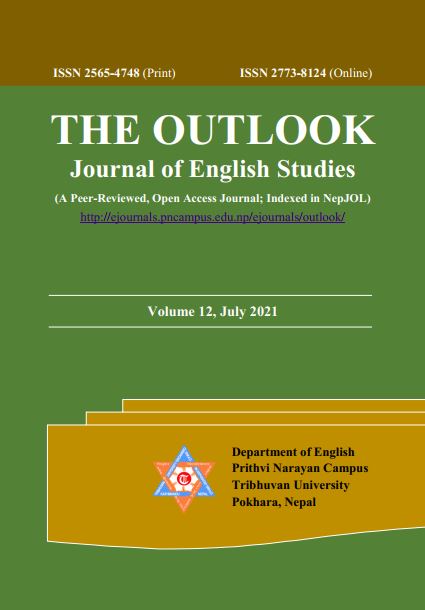"Enough Is Enough": A Cultural Turn of Youth Activism in Nepal
DOI:
https://doi.org/10.3126/ojes.v12i1.38741Keywords:
Enough is Enough, media, popular culture, protest, youth movementAbstract
On 9 June 2020, most of the national and international media covered the news related to a youth movement organized under the banner "Enough Is Enough" outside the Prime Minister's residence in Nepal. The movement had non-violently resisted the indifference of the government in responding the Covid-19 pandemic. That was completely different from mostly the violent history of youth activism in Nepal, which used to involve in tussling with police, breaking fences, smashing windows, throwing brick and stone, setting a fire, and lightening torches and tires on the street. Disbarring the health protocols regarding the mass gathering, it got momentum and expanded to other urban centers within a week. The protestors appeared enchanting unique slogans, holding creative placards, and singing the national anthem as well as the lyrics of rock and rap music. Observing all, a question emerges concerning the causes behind the shift from the largely practiced aggressive youth movement to the creative, peaceful and musical form of resistance. To respond the question, this study analyzes the purposively selected photos, placards, slogans and music associated to the movement using interpretive approach. Mainly the insights related to popular culture and their associations to politics by Marshall W. Fishwick, John Storey, John Street and Ray B. Browne have been collectively applied as a theoretical framework in the analysis process. As a result, the study has inferred that the integration of popular culture and resistance has altered the movement to non-violence with wider visibility among media and people.
Downloads
Downloads
Published
How to Cite
Issue
Section
License
Copyright (c) 2021 Department of English, Prithvi Narayan Campus

This work is licensed under a Creative Commons Attribution-NonCommercial 4.0 International License.
This license enables reusers to distribute, remix, adapt, and build upon the material in any medium or format for noncommercial purposes only, and only so long as attribution is given to the creator.

